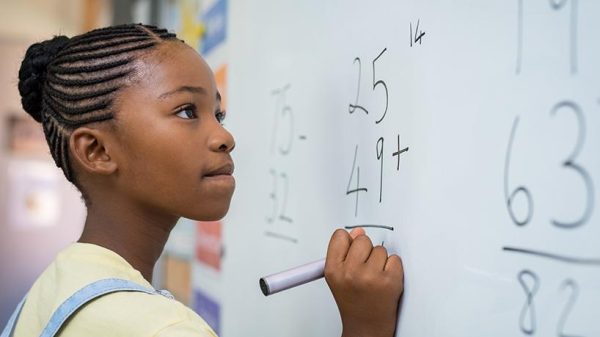A team of 4th- and 5th-grade teachers sent me a list of resolutions the group made to improve the performance of its professional learning community (PLC). After reading the resolutions, I realized they are great tips for all educators wanting to improve the learning within their PLC. I’d like to share them, and my reflections, with you.
Resolutions for 4th- and 5th-Grade PLC
Based on our intensive review and assessment of our two years of work as a community of professional learners, we commit ourselves to the following resolutions:
1. We will use the cycle of continuous improvement to guide our community’s work.
We will invite our central office curriculum coordinator to meet with us to explore the extent to which we are using the cycle of continuous improvement to guide our community’s work. We must be very certain that we know clearly what the steps of the cycle are and what they look like when we are using them to guide our group learning and team work for improving the quality of our teaching knowledge and skills.
My comments: I applaud this PLC’s commitment to its cycle of continuous improvement work and to ensuring that it is performing the steps effectively. It is easy to assume that, having had professional learning to understand how to use the steps, the group is doing so properly. I congratulate the PLC and the curriculum coordinator (who has been the team’s mentor) for taking a step back to design an assessment that the group can use to ascertain that it is performing its cycle of continuous improvement work properly. Where it is failing to do so, the group will identify its needs for improving and plan additional learning with the coordinator so that the group’s work with these steps will result in appropriate outcomes.
2. We will review the research-based attributes of a professional learning community to increase our community’s performance.
We resolve to encourage our teachers’ learning coach to work with us in reviewing and describing the research-based attributes of PLCs so that our performance as a PLC results in our becoming ever more professional in our work for students. The cycle of continuous improvement informs us of what our team should be doing, while the attributes indicate how we should be conducting our work.
My comments: Many PLCs and their school and district office leaders assume that when a PLC does its cycle of continuous improvement work, it has completed its community’s work for its students. The research on effective PLCs has identified several characteristics or attributes that indicate how the community will work together to become a self-initiating and self-organizing group. (To learn more about these attributes, see “What is an authentic learning community?”) These characteristics or attributes rely heavily on the group members’ collaboration with each other. The community learns how to make decisions together so that it may employ various models of decision-making. Learning to stay positive while confronting the various ideas and issues set forth by community members is another skill that strengthens collaboration.
These attributes and their measures are more qualitative in nature. Having a coach or learning facilitator who asks questions to stimulate community members’ reflections on their performance is a powerful means by which members determine what and how to improve their use of the attributes. This is a challenging task, but it leads to a more professional PLC.
3. We will enlist the participation and support of our principal.
We resolve to engage our principal to focus critically with us on the PLC attribute of sharing and supporting leadership. We are especially concerned about how well we are implementing this attribute. Our principal can identify the school, district, and state boundaries within which we can exercise power, authority, and decision-making (aspects of leadership) and can support us in developing the knowledge and skills for doing so.
My comments: The result of becoming proficient in this attribute will contribute greatly to transforming group members into true professionals. It is a challenging attribute to develop because so few school administrators understand the power of this characteristic, but more frequently school-based administrators do not feel comfortable allowing the teaching staff these leadership possibilities. Thus, an initial step must be done by delegated central office staff — superintendent, for instance — who will demonstrate the district’s support of principals sharing leadership with teachers, a novel idea for many administrators ranking at the top of the power pyramid.
Throughout the year, this PLC will assess regularly the degree to which it is successfully achieving these resolutions. Those self-assessments will help the group measure its progress to success and know where to give extra attention in its work.
This group of educators has made a strong commitment to improving the strength of its professional learning community, Following these resolutions can help your professional learning community do the same.
This post originally appeared in Learning Forward’s PD Watch.







